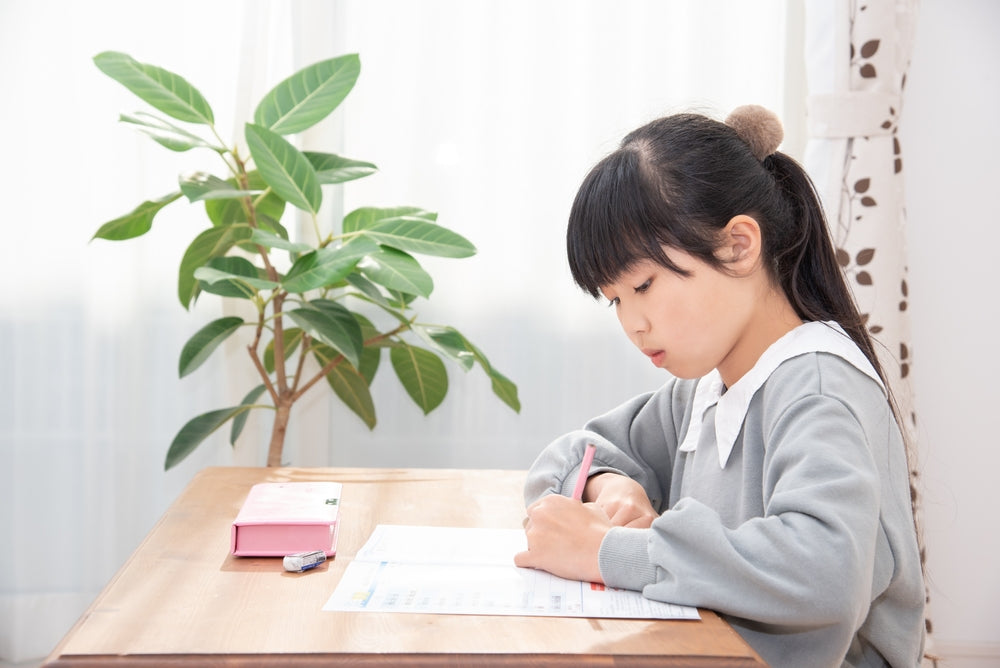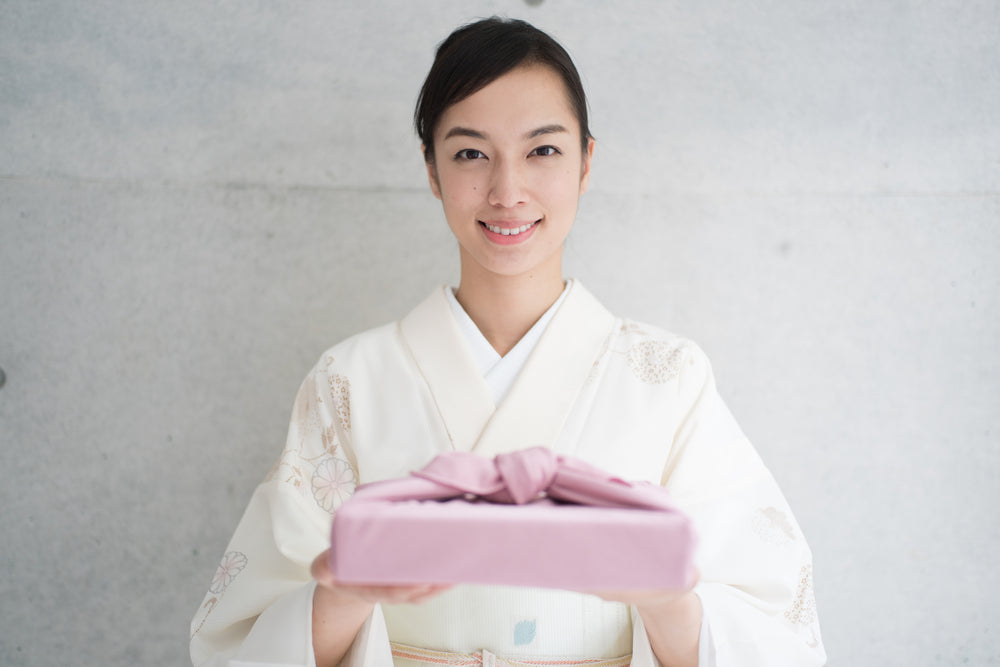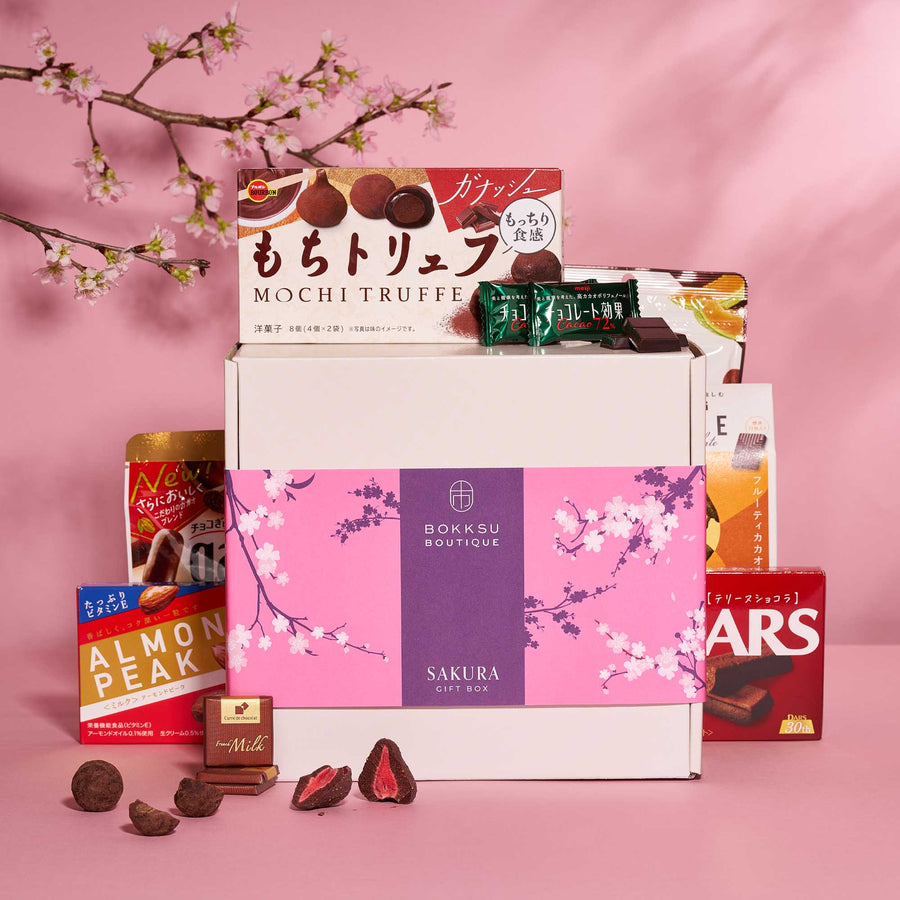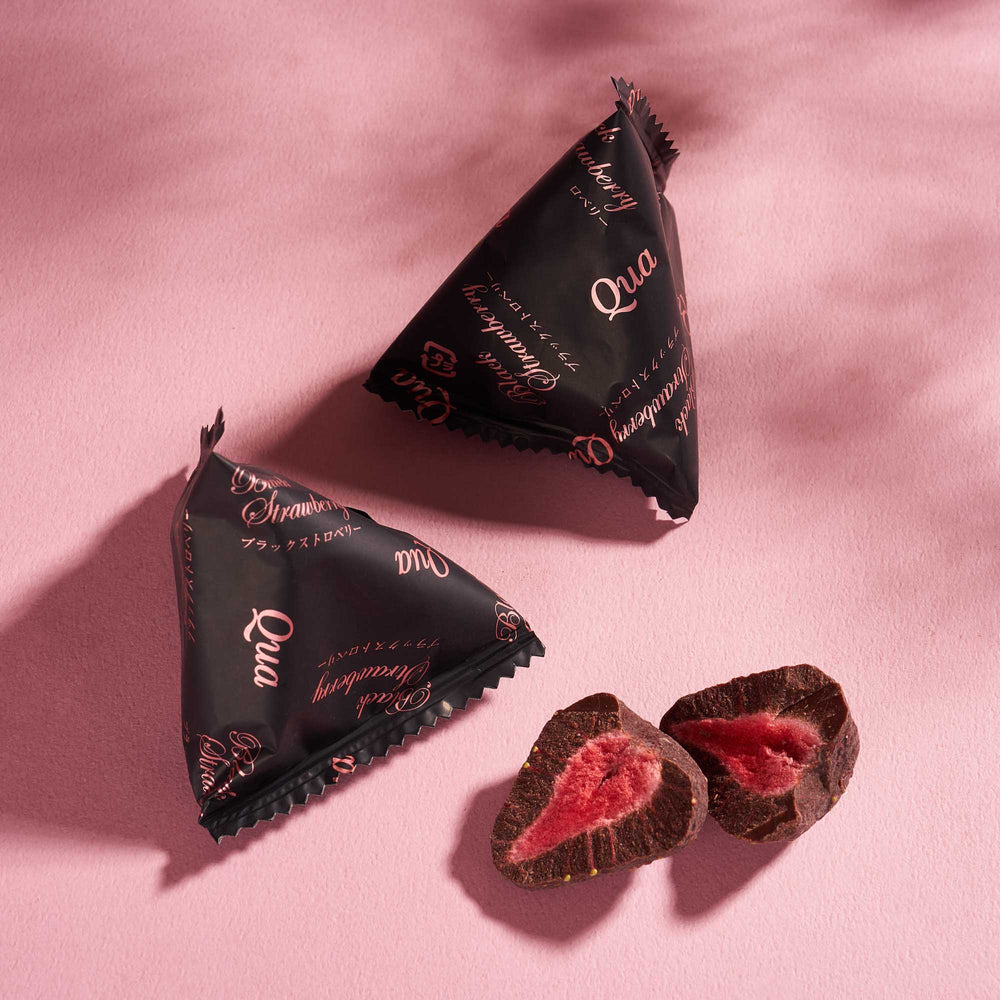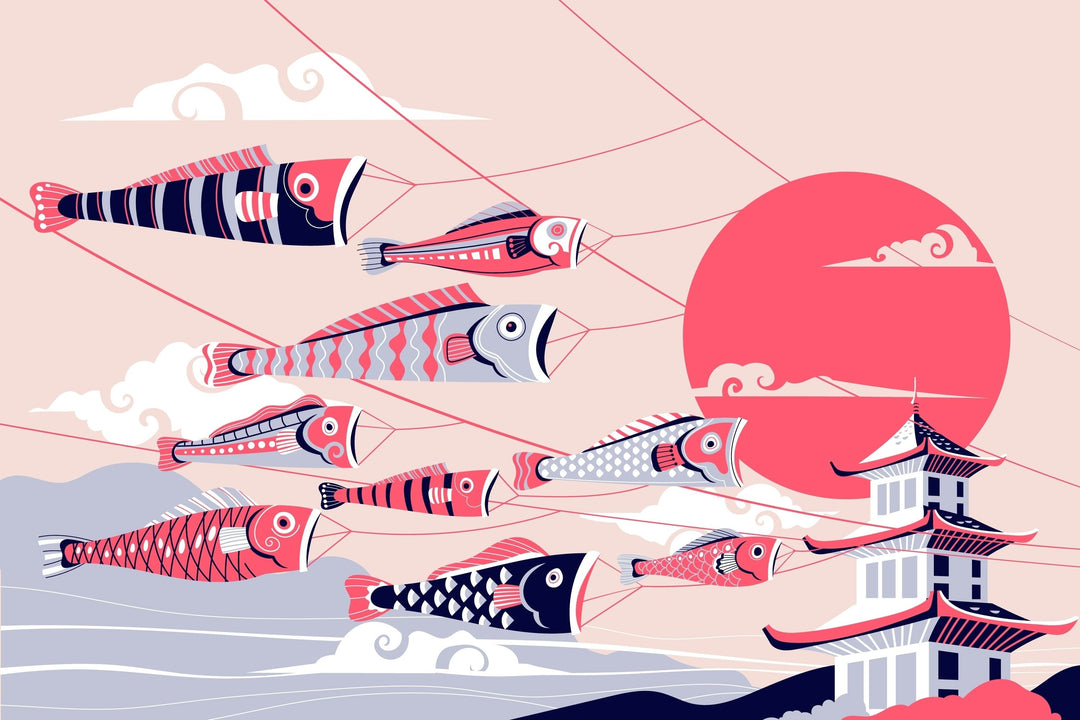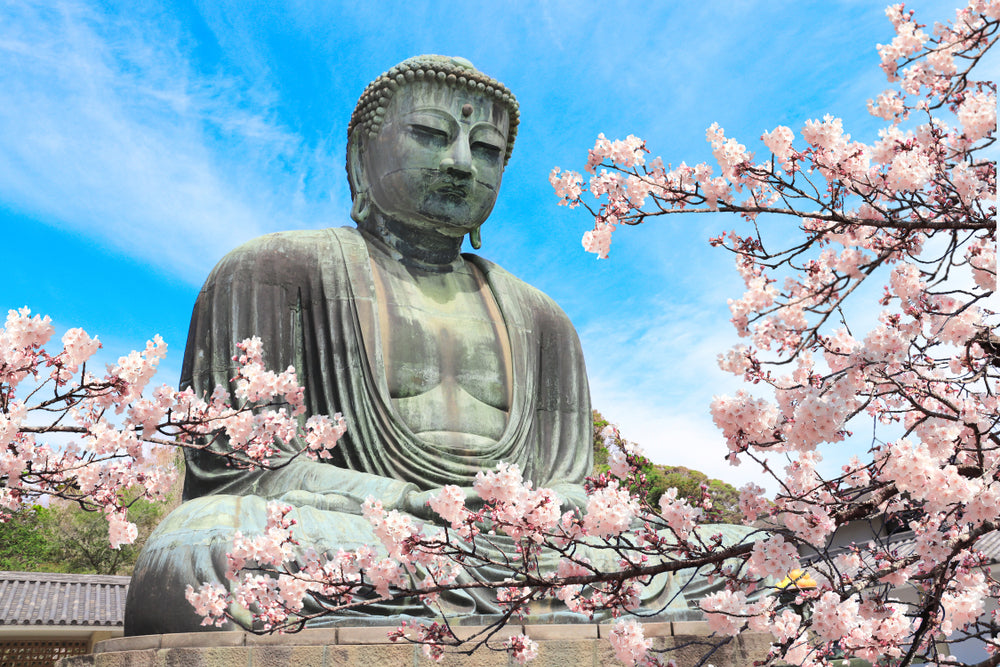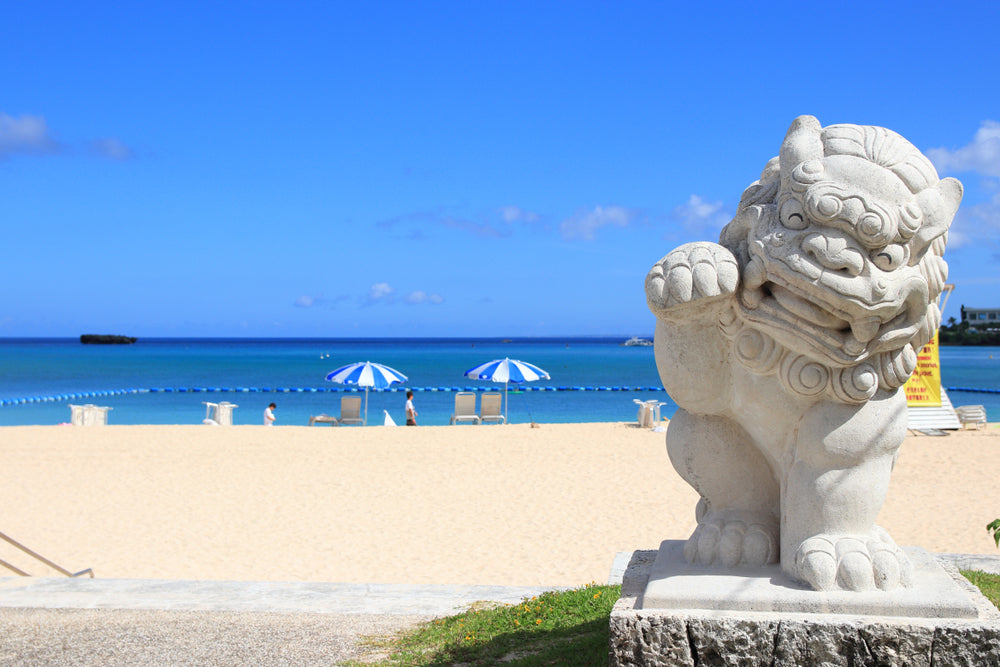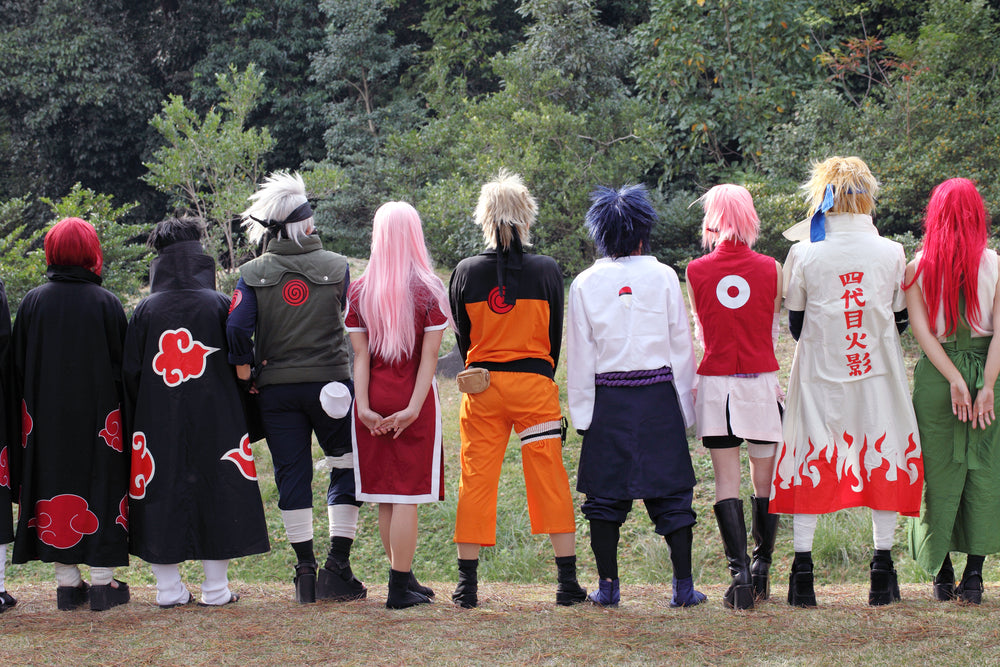What is a Geisha? History, Traditions, & More
What is a Geisha? History, Traditions, & More
What is a geisha? If you’ve ever wondered about Japan’s most intriguing cultural tradition, look no further.
Geishas are highly respected in Japan. The primary role of a geisha – throughout history and in the modern day – is to professionally entertain, usually at teahouses and restaurants for parties of businessmen. This entertainment encompasses a variety of traditional Japanese arts, ranging from artistic performance skills like singing, dancing, and music to cultural traditions like calligraphy, tea ceremonies, and flower arranging. Japanese geisha are also trained to play traditional instruments like the flute or three-stringed shamisen. Hospitality and social skills like conversation and hosting are also key components of being a geisha.
History of the Geisha
Geishas have been part of Japanese culture for centuries – though it might surprise you to learn that the first geisha were actually men. During the Edo Period, between 500-600 men were working as taikomochi, the male form of a geisha. A male geisha would advise and accompany their feudal lords while also acting as a hybrid storyteller, artist and tea ceremony host.
Traditionally, geishas were assistants to the oiran, the collective name for Japan’s highest-ranking courtesans and elite prostitutes during the Edo period (also a time in history when prostitution was legal in Japan). Many Japanese art paintings and woodcut prints illuminate us on the flamboyant and intricate world of the 17th-century oiran, and their geisha assistants. Gradually, patrons spent more time with geishas; they were more socially accessible and didn’t cost as much when indulging in traditional dance or other traditional arts .
By the early 1800s, the role of geisha shifted to predominantly women, and this remained constant until World War II when most women undertook factory jobs and men had little time for leisure.
The more unsavory reputation of geishas as sex workers began around that same time. Some women already engaged in that profession advertised their services under the moniker ‘geisha girls’ when American servicemen thronged the streets of Japan.
What is a Geisha?

The word ‘geisha’ stems from the Japanese ‘gei’ (art) and ‘sha’ (person). Put together, the word literally means ‘artistic person’. People in the geisha profession are also referred to as ‘geiko’, which is the word for geisha in Kyoto dialect, the city where most of today’s geishas now reside.
Where do Geishas Live?
Working geishas live at the okiya, a geisha house run by a ‘mother’ who cares for the women affiliated with the establishment. Though they’re not required to spend every night there, it’s legally necessary to maintain a registration with an okiya in order to work as an established geisha.
What Can Geishas Not Do?
It’s common to hear that geishas are ‘married to the art, not to a man.’ As such, geisha are prohibited from getting married and would have to quit the profession if they want to marry. They’re also not allowed to have boyfriends, which can make the job less desirable for many women. That said, many patrons will develop an affection for a particular geisha. This level of connection may be sufficient for some women to remain working as a geisha throughout their adult life. There is no specific retirement age for geisha, so if they don’t want to marry, they can continue being a geisha throughout their lives.
Conversely, despite being unable to marry, it’s still acceptable for geishas to have children – and it’s relatively common. The fathers are often not in the picture though, thanks to the rule mentioned above.
Two Types of Geishas
There are two types of geishas: a maiko (geisha-in-training) and a geiko (official geisha). Becoming a geisha takes at least six years of training, during which they learn various skills and complete several stages that introduce them to geisha life. So, what is a maiko exactly? Read on and find out!
Maiko - Geisha in Training
Maiko training typically begins at around 14-15 years old for a woman. Young girls start by attending a geisha house or training school (also called okiya) and participating in the Shikomi training period. Lasting anywhere from a few months to a year, Shikomi introduces the girls to basic tasks and chores, teaches them how to wear kimono, and provides lessons in music and dance. Instead of traditional kimono, they wear normal clothing during this stage.

The Minarai stage comes next, where a younger geisha can learn by observation while watching their elders entertain guests at parties and functions. After this stage, they each have a Misedashi ceremony and debut as a maiko officially, which precipitates an apprenticeship of around five years.
Geiko - Official Geisha
There is no official test for maiko to become a geiko. Instead, those in charge at the training school decide who is ready for this change in status. There is a ceremony called the ‘Turning of the Collar’ to recognize the importance of a maiko’s graduation, where her kimono collar changes from a white one with red embroidery to a pure white collar. This is the more demure outfit of an official geisha.
How to Become a Geisha
A geisha’s appearance is a crucial part of her profession, so it can take two hours or more to fully prepare for the day ahead.
Makeup
Geisha are renowned for their white powdered faces, similar to the powder foundation used by kabuki actors. Known as oshiroi, this powder is mixed with water to form a paste. Once the geisha has applied a thick oily wax base called abura to her face, she uses a wide flat hake brush to cover her skin with the oshiroi powder.
Though the face is painted in white, the neck is left bare, aside from two lines painted on the back of the neck. That’s because the neck is regarded as an erotic part of the body, so the contrast of white paint and bare skin is particularly evocative. The two lines also indicate that her makeup is akin to a mask.
Black eyeliner and mascara are worn, along with a paste (tsubushi) that’s laid onto the eyebrows so red pigment can be added. Some geishas will shave their eyebrows off entirely to draw on smoother versions instead. Bright red lipstick, called beni, creates a flower bud effect on the lips. It’s also used as a pink contour on cheeks and at the outside corner of both eyes.
Hair
Hairstyles can change depending on the geisha’s rank, and might involve using hair combs, pins, barrettes and fabric flowers to help create intricate and recognizable designs.
In order to maintain their intricate and elaborate hairstyle, a geisha would sleep using a special pillow with a hole in the middle, called a taka-makura. Translated as ‘tall pillow,’ this was more of a support stand than a pillow, and couldn't have been particularly comfortable!
Nowadays, many geishas wear professionally designed wigs, known as katsura and made from real human hair, though maikos are more likely to have intricate styles created in their own hair.
Kimono
Geishas wear a modest kimono, usually made from linen, silk, wool or cotton. A maiko’s kimono will have long sleeves (furisode), while a geiko’s kimono has short sleeves (tomesode). The kimono also features patterns and motifs that may reflect the changing seasons, and can be made up of lots of layers, sometimes as many as fifteen, meaning it’s quite heavy and a little cumbersome to move around in. This also explains why geisha tend to walk at a sedate and slow pace.
Diet
A geisha’s diet is important as it maintains their figure and affects their skin’s appearance. Geishas will typically stick to a traditional Japanese-style diet, which includes plenty of green tea for its antioxidant properties, along with rice, fish and seaweed.
Where Can You Find a Geisha Today?
Geishas do still exist, but the numbers have depleted significantly. There used to be 80,000 geishas across Japan, but today there are approximately 1,000 working geishas left, mainly congregated in Kyoto, Tokyo, Kanazawa and some other cities. However, they carry a lot of traditional Japanese culture that is important to maintain to this day. With five major geisha districts, Kyoto is still the best place to visit: plenty of tourists excitedly report catching a glimpse of an elusive geisha quietly walking down narrow alleyways.
Unfortunately, there have been problems with overzealous tourists demanding photos and conversations with modern geishas in the streets of Kyoto. To protect them from harassment, the local government has banned unauthorized photography of geishas and implemented a 10,000 yen fine ($90). It’s recommended to leave a geisha alone if you see one in the street: they’re usually very busy and just trying to get home or to work!
Just as the geishas prioritize self-care, why not relax this season with the Treat Yourself Box from our Japanese snack Boutique? Meditate with some sakura incense sticks, pop on a Dianthus Flower Face Mask, lower yourself into a nourishing bubble bath, and complete with some relaxing bath tablets. Pure bliss!
Author Bio








 Bokksu Snack Box
Bokksu Snack Box

















